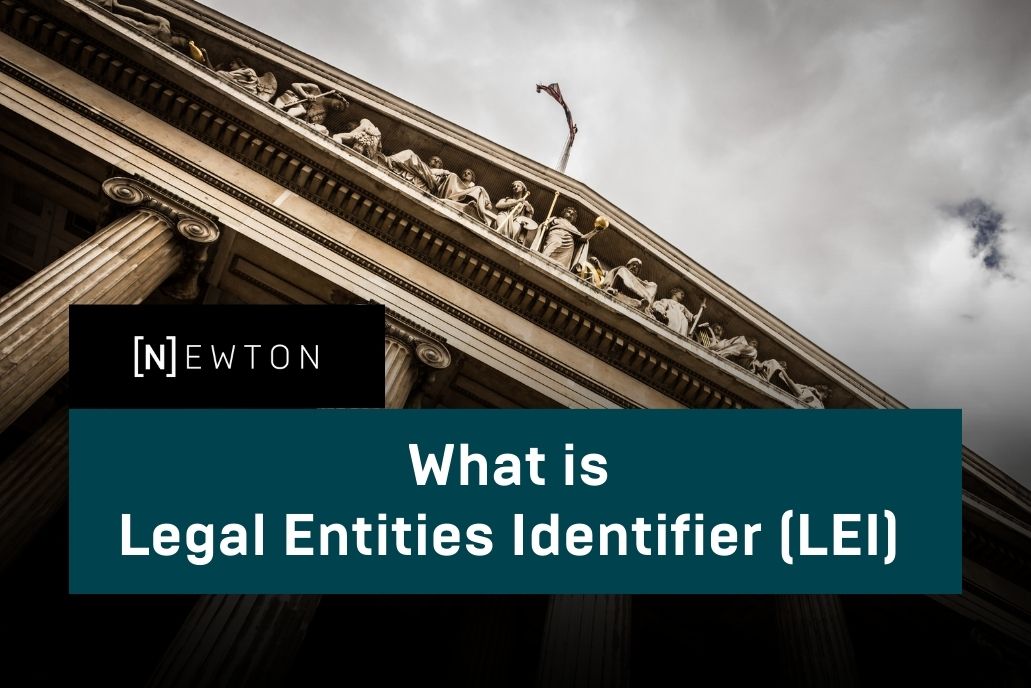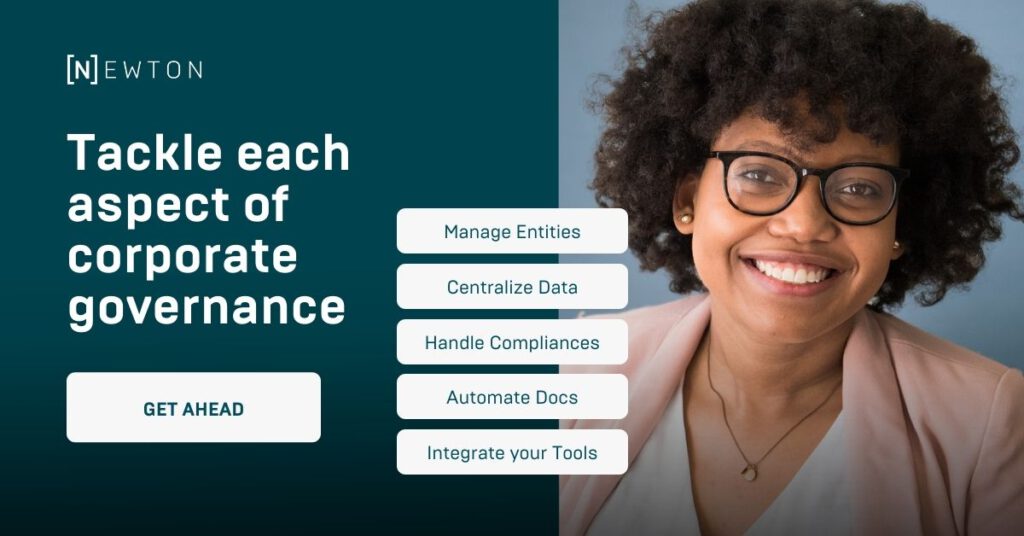
What are legal entity management identifiers (LEIs) and what are the benefits of them. Discover how they streamline financial transactions and enhance transparency.
Dear Legal Ops!
Welcome to “Let’s Talk About Legal Ops” — a series by NEWTON exploring the evolving role of legal operations in modern organizations.
From legal entity management and document oversight to cross-functional collaboration, we share practical insights for legal teams navigating complex environments.
Looking for more? Browse our blog for posts on strategy, structure, new features, and practical tips.
- NEWTON 2025 Recap: A Year of Growth and Innovation
- How to Set Default Filters in NEWTON for Faster Access
- How to Copy Entity Data from NEWTON into Emails or Documents
Subscribe to get access to more posts like these!
Join Newton’s newsletter to receive our blogs, templates, and the latest information right in your inbox. You can unsubscribe at any time.
Legal entity management identifiers (LEIs) are unique codes assigned to legal entities to identify them in financial transactions. While they may seem like just another bureaucratic requirement, they actually offer several benefits that streamline financial operations and enhance transparency. In this article, we will explore what LEIs are, why they are important, and how they benefit legal entities.
In this article, we will cover the following:
Introduction to Legal Entity Management Identifiers (LEIs)
In today’s fast-paced global economy, it is essential for financial transactions to be transparent, secure, and efficient. Legal entity management identifiers (LEIs) play a crucial role in achieving these goals by providing a standardized way of identifying legal entities in financial transactions. LEIs were introduced in response to the 2008 financial crisis, which exposed the lack of transparency in financial markets. LEIs offer several benefits, such as enhancing transparency, streamlining financial operations, and enabling regulatory authorities to monitor systemic risk.
In other words, the publicly available LEI data pool creates a global directory and enhances transparency in the global marketplace.
Understanding Legal Entity Management Identifiers
LEIs are 20-digit alphanumeric codes that identify legal entities in financial transactions. Each LEI is unique and is linked to information about the legal entity, such as its name, address, and legal form. LEIs are assigned by Local Operating Units (LOUs), which are authorized by the Global Legal Entity Identifier Foundation (GLEIF). Legal entities must obtain an LEI if they engage in financial transactions, such as buying or selling securities, or if they participate in financial markets. Obtaining an LEI is a simple process that involves registering with a LOU and providing information about the legal entity.
Importance of Legal Entity Management Identifiers
LEIs are important for several reasons. First, they enhance transparency in financial transactions by providing a standardized way of identifying legal entities. This makes it easier to track and monitor money flows, which is essential for preventing fraud, money laundering, and other illegal activities. Second, LEIs streamline financial operations by reducing the need for manual data entry and reconciliation. This saves time and money for legal entities and financial institutions. Third, LEIs enable regulatory authorities to more easily identify and monitor systemic risk, which is essential for maintaining financial stability.
Benefits of Legal Entity Management Identifiers
Legal entities that obtain an LEI can benefit in several ways. For example, LEIs make it easier to open bank accounts and obtain credit. They also enable legal entities to participate in financial markets, such as trading securities or derivatives. Additionally, LEIs can help legal entities comply with regulatory requirements, such as Know Your Customer (KYC) and Anti-Money Laundering (AML) rules. LEIs also enhance transparency, which can improve a legal entity’s reputation and credibility.
Learn more how proper KYC procedure would warn Silicon Valley Bank from collapse.
According to industry estimates, universal adoption of the global LEI system could save the financial sector up to $10 billion.
If you’re finding this newsletter valuable, share it with a friend, and consider subscribing if you haven’t already. You can unsubscribe at any time.
The future of LEIs
Blockchain Technology and LEIs
Blockchain is one of the new technologies that have the potential to revolutionize the future of Legal Entity Identifiers (LEIs). The security and transparency provided by blockchain technology make it an ideal platform for storing and managing data associated with LEIs. By utilizing blockchain technology, the precision and openness of data associated with each LEI can be significantly improved.
Artificial Intelligence and LEIs
The future of LEIs could be greatly influenced by another technology on the rise: Artificial intelligence (AI). AI-driven systems have the potential to enhance the precision and calibre of the data related to LEIs by automatically validating information and detecting any probable mistakes or irregularities. This can lead to a smoother LEI registration process and minimize the likelihood of inaccuracies in financial reporting.
In summary, the future of LEIs appears promising as new developments and technologies are expected to enhance identification systems’ accuracy, transparency, and standardization.
What is next?
With numerous legal entities bearing similar names and operating across the world, several of the largest multinational banks possess thousands of such entities. As the global LEI system continues to grow, it is anticipated that it will assist regulators and market players in comprehending and recording these intricate corporate structures and hierarchies.
Our technology aids companies to manage legal entities efficiently and seamlessly. It assists in automated document assembly, permitting users to promptly generate, assess, and amend documents.

About this article
Sources
Ka Kei Chan and Alistair Milne (2013)
The Global Legal Entity Identifier System: Will It Deliver?
Stewe Waite (2023)
The Importance of LEI in Global Trade and Supply Chains
Office of Financial Research (2019)
Trust and the Global Coffeehouse: Digital Verification and the Legal Entity Identifier in a Modern Financial Market
Linda F. Powell, Mark M., Elena S. (2011)
Legal Entity Identifier: What Else Do You Need to Know?
GLEIF
Get an LEI: Find LEI Issuing Organizations
Karen Redman (2019)
The past, present and future of the legal entities identifier.
John Foster (2023)
The future of legal entity identifiers: Emerging trends and technologies – AZ Big Media
Simmons+Simmons
The Global LEI System and Other Unique Identifiers
Image
Featured image: Photo by Sebastian Pichler on Unsplash
Featured CTA blog post: Photo by Jurica Koletić on Unsplash / Photo by Christina @ wocintechchat.com on Unsplash